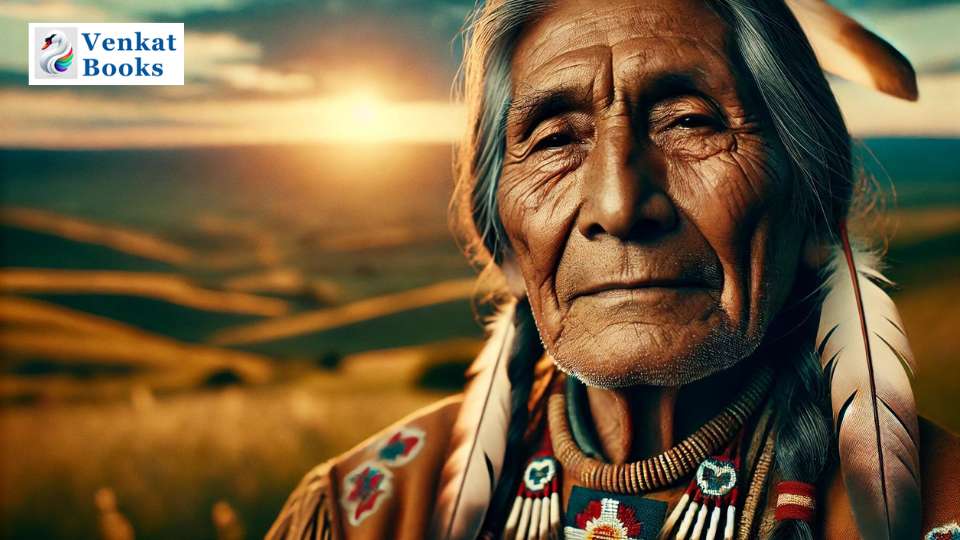Indigenous peoples, also referred to as Native Americans, are the indigenous population of North America. For millennia, they have inhabited the continent, cultivating a wide range of cultures, languages, and civilizations. Prior to European arrival, Native American tribes flourished throughout the continent, each adjusting to the distinct ecologies of their individual areas.
Their communities exhibited intricacy, characterized by abundant customs, spiritual convictions, and social frameworks. Nevertheless, the advent of Europeans throughout the latter part of the 15th century resulted in notable upheavals, encompassing forced migration, widespread illness, and violent clashes.
- At the turn of the 20th century, the American photographer Edward Sheriff Curtis (1868–1952) started on his 30-year project to produce a monumental study of North American Indians
- Using an approach that was both artistically and scientifically ambitious, he recorded, in words and pictures, the traces of the traditional Indian way of life that was already beginning to die out
- With tireless personal commitment Curtis visited 80 American Indian tribes from the Mexican border to the Bering Strait, gaining their confidence through his patience and sensitivity
- His work was printed in 20 volumes between 1907 and 1930 as The North American Indian, but with only 272 copies, originals became extremely rare
- This book gathers Curtis’s entire American Indian portfolio into one publication, offering renewed access to and appreciation of his extraordinary achievement, which is as much a precious historical document as a triumph of the photographic form
Iroquois Confederacy
The Iroquois Confederacy, also known as the Haudenosaunee or the League of Six Nations, was a powerful and sophisticated alliance of Native American tribes in the northeastern region of North America. Formed before European contact, it originally included the Mohawk, Oneida, Onondaga, Cayuga, and Seneca nations, with the Tuscarora joining later.
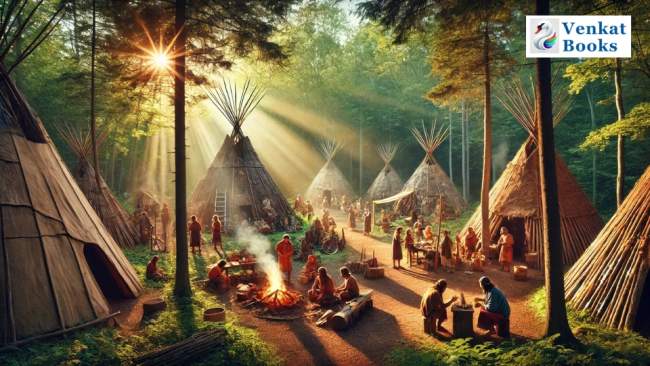
The Confederacy was established to promote peace, unity, and collective strength among its members, governed by the Great Law of Peace, a constitution that emphasized democracy and consensus-based decision-making. This alliance played a significant role in the history of the region, influencing both indigenous and colonial politics.
Cherokee
The Cherokee people, who formerly lived in what are now parts of Georgia, North Carolina, South Carolina, Tennessee, and Alabama, are among the most historically significant Native American tribes in the Southeast. The Cherokee, often referred to as the “Principal People” or Ani-Yunwiya in their native tongue, established a sophisticated society based on a long history of trade, government, and agriculture. With a council that made decisions on behalf of the tribe, their political structure was extremely well-organized.
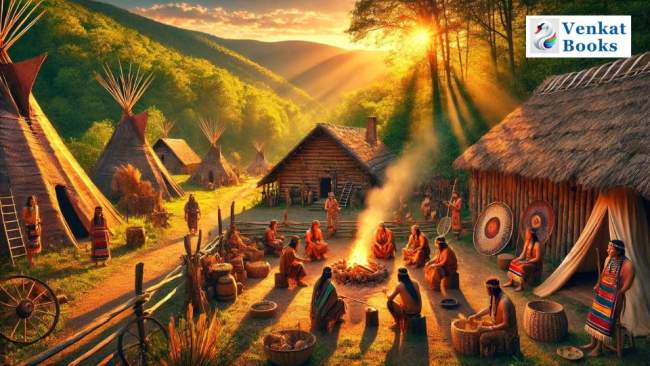
- Explore Native American narratives―for kids ages 6 to 9 Native Americans have a long tradition of storytelling
- Now, you can easily introduce your children to these rich cultures with a compilation of powerful tales from multiple tribes like the Cheyenne and the Lenape
- What sets this book apart from other Native American books for kids:Tales from 12 tribes―Kids will embark on a literary adventure with 12 stories from tribes around America, exploring lore about how the mountain Denali formed, why the North Star stays still, and more
- Tribal history―Every story ends with a brief historical sketch of the tribe, providing context and offering a glimpse into their way of life and their traditions
- Fun facts―The learning doesn’t stop with the stories; a collection of fascinating facts, suggestions for additional reading, and a glossary of important words give kids a deeper understanding and appreciation
Long before European invaders arrived, the Cherokee people had a written language that was founded by Sequoyah and a constitution. In spite of their rich history and culture, the Cherokee people were forcibly removed in the 1830s during the so-called Trail of Tears, which tragically resulted in the eviction of thousands of them into what is now Oklahoma. Their adaptability and tenacity have guaranteed the survival of their culture and customs to this day.
Sioux (Lakota, Dakota, Nakota)
The Sioux are a group of Native American tribes that have historically inhabited large areas of the northern United States and the Great Plains. They are also known by the collective names Lakota, Dakota, and Nakota. The terms “friend” or “ally” in their individual languages, Lakota, Dakota, and Nakota, represent the various dialects that these tribes speak. The Sioux were traditionally a nomadic people who lived as hunters and warriors. They were well-known for having a tight relationship with bison, which was essential to their spirituality, economy, and culture.
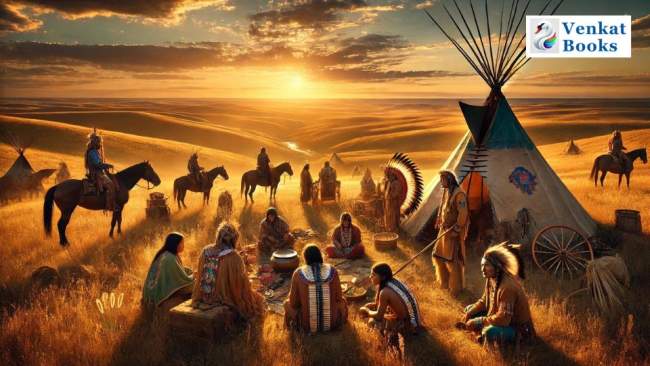
Popularity also stems from the Sioux’s opposition to American expansion in the 1800s, particularly in the battles that led to the Battle of the Little Bighorn. The Sioux continue to have a strong sense of cultural identity today, holding onto their languages, customs, and system of independent government within their villages.
Navajo (Diné)
One of the biggest Native American tribes in the country, the Navajo, also known as Diné, are mainly found in Arizona, New Mexico, and Utah in the Southwestern part of the country. The Navajo people, who call the land Dinétah, have a rich cultural legacy that is firmly anchored in their relationship to it. Sheep herding, weaving, and silversmithing are all part of their traditional way of life; their elaborate rugs and turquoise jewelry are well-known examples of their artistry.
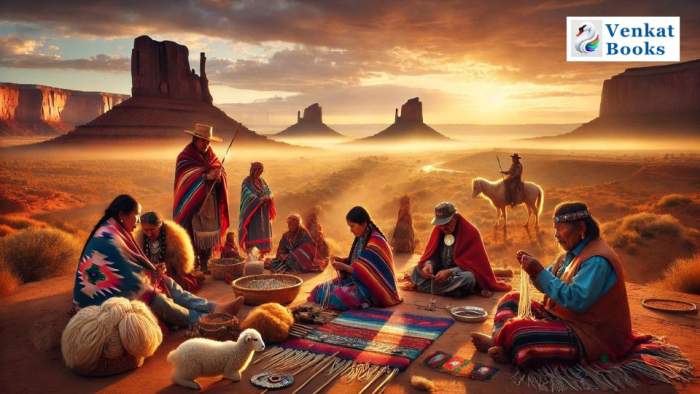
The Navajo language continues to be an essential component of their identity, having been instrumental in World War II through the renowned Navajo Code Talkers. Their naturalistic spirituality is strongly connected to the natural world, with rituals like as the Blessingway being essential to preserving balance and harmony. In spite of hardships like being forcibly relocated during the 1860s Long Walk, the Navajo Nation has managed to maintain its culture and is still a sovereign state today.
Apache
The Apache are a group of Native American tribes from the southwest of the country, which includes portions of Arizona, New Mexico, Texas, and Oklahoma. They are related culturally. It is thought that the Zuni word “apachu,” which means “enemy,” is where the name “Apache” originates. However, the Apache people call themselves “Inde” or “Ndee,” which means “the people.” The Apache people are renowned for their warrior customs, self-reliance, and ability to survive in the arid and mountainous regions.
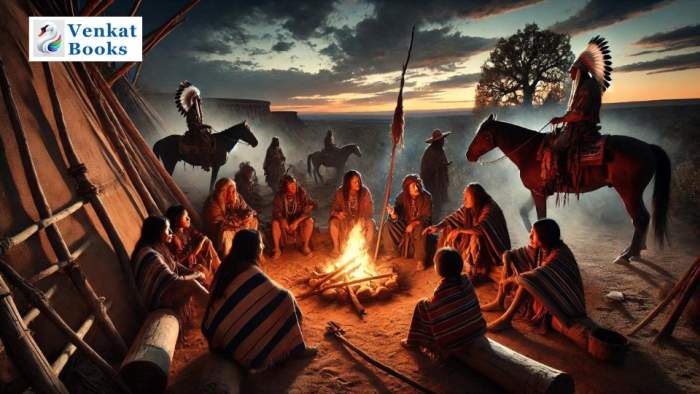
Consisting of multiple separate tribes with distinct customs, dialects, and leadership structures, such as the Western Apache, Mescalero, and Chiricahua. The Apache were mostly hunters and gatherers who depended on their extensive knowledge of the terrain to survive. Their ability to ride well was another important attribute that helped them repel invasions by the Spanish, Mexicans, and eventually Americans.
Legend has it that the Apache people fiercely defended their lands, especially under the leadership of leaders like Geronimo and Cochise, who inspired their people to oppose long-term intrusion. In spite of many hardships, such as being forcibly relocated to reservations, the Apache people have managed to preserve a significant portion of their cultural legacy and have managed to hold onto a strong sense of identity and community. In order to preserve their language, customs, and history, Apache groups remain actively involved today, adding to the rich fabric of Native American culture in the United States.
Pueblo
A group of Native American tribes known as the Pueblo people have been residing in what is now New Mexico and Arizona for thousands of years, as well as the Southwestern United States. Hopi, Zuni, Taos, and Acoma are among the Pueblo tribes, which are well-known for their unusual adobe homes that are frequently built into cliff faces or as multi-story complexes. Early Spanish explorers called these communities “Pueblo,” which means “village” in Spanish. However, the inhabitants had their own names for their tribes and villages.
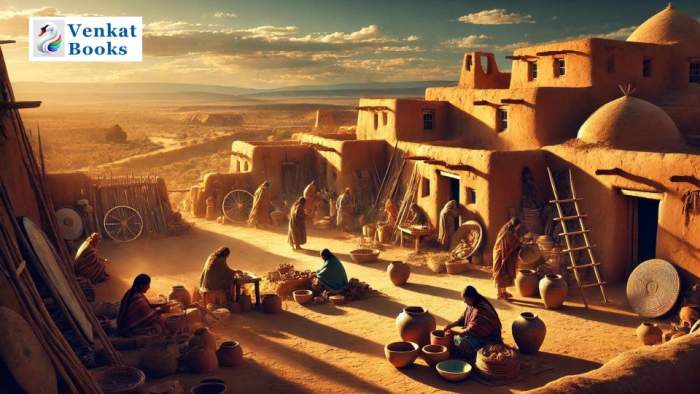
(Note – All the images are just representation based on our assumption and may not represent actual lifestyle of Native Americans)
The Pueblo people have a rich cultural history that is closely linked to agriculture, specifically the “Three Sisters” crops of corn, beans, and squash. Their social and religious life revolves around intricate rituals that are directly related to the natural cycles and seasonal changes. These rituals are frequently performed in kivas, which are hallowed underground spaces utilized for spiritual rites.
The Pueblo tribes have persevered in preserving their customs, languages, and social systems in the face of centuries-long colonization and cultural disturbance. They are well known for their colorful ceremonial dances, dexterous weaving, and pottery, all of which are essential representations of their culture. The Pueblo people have adapted to the contemporary world while maintaining their vibrant and powerful way of life.
Inuit People
Native to the Arctic regions of North America, namely Canada, Greenland, and Alaska, are a group of people known as the Inuit. The Inuit people are well-known for their flexibility and resiliency, having survived for thousands of years in some of the world’s most hostile climates, where supplies are few and temperatures can drop to dangerously low levels. They have a rich cultural history that is closely entwined with the land, sea, and ice that surround them; the title “Inuit” means “the people” in their native Inuktitut.
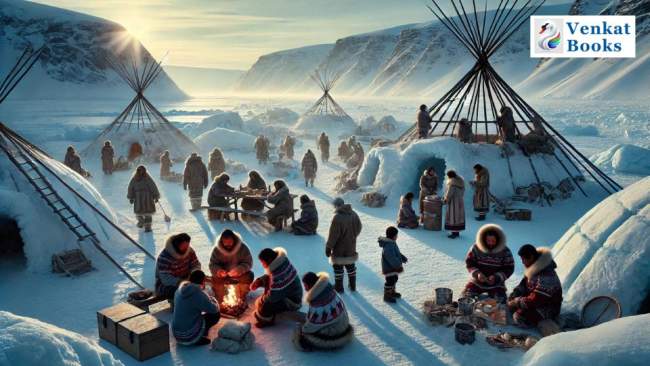
The Inuit were formerly nomads who moved periodically to hunt marine creatures like seals, whales, and walruses, which gave them supplies for tools and housing as well as food and clothing. Two of their most famous inventions are the qajaq (kayak), a makeshift winter shelter made of snow, and the igloo. Inuit people have a strong connection to nature and a spirituality based on their profound respect for both their natural surroundings and the animals they hunt.
In spite of extensive cultural shifts and centuries of interaction with Europeans, the Inuit have managed to hold onto their identity, language, and customs.
Choctaw
Originally living in what is now Mississippi, Alabama, and Louisiana, the Choctaw are one of the biggest and most important Native American tribes in the Southeast. The Choctaw were expert farmers, hunters, and craftspeople who produced beautiful pottery and textiles in addition to farming crops like maize, beans, and squash. They were well-known for their rich cultural traditions. Despite being among the first tribes to embrace European technologies and habits, the Choctaw were able to preserve a strong sense of self-government and identity.
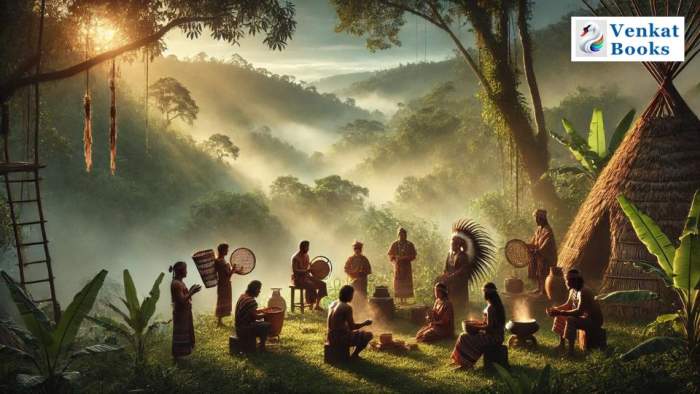
The Choctaw people are primarily recognized for their horrific experiences during the 1830s forced migration period, sometimes known as the Trail of Tears. The Choctaw were the first tribe to be forcefully relocated under the Indian Removal Act, and their trip to what is now Oklahoma was one filled with much hardship and loss. The Choctaw people persevered in spite of this, reconstructing their villages and maintaining their social structures, language, and customs.
The Choctaw Nation is still a thriving, resilient community today, emphasizing economic development, cultural preservation, and education. The Choctaw people continue to uphold the traditions of their ancestors while also making contributions to the arts, politics, and military service, among other facets of American civilization. Their history demonstrates their adaptability and perseverance, which have helped them survive ages of hardship and upheaval.
Native American Tribes: Lifestyle and Historical Significance
| Tribe/Group | Region | Lifestyle & Economy | Key Characteristics | Historical Significance |
|---|---|---|---|---|
| Iroquois Confederacy | Northeastern Woodlands (New York, Ontario, Quebec) | Sedentary agriculture, hunting, and fishing | Formed a powerful alliance of six nations (Mohawk, Oneida, Onondaga, Cayuga, Seneca, Tuscarora) | Played a key role in colonial diplomacy and trade; influential in the development of the U.S. Constitution. |
| Cherokee | Southeastern United States (Georgia, Tennessee, North Carolina) | Farming, hunting, and trade | Developed a written language; adopted many European customs | Subject to the Trail of Tears, a forced relocation westward under the Indian Removal Act. |
| Sioux (Lakota, Dakota, Nakota) | Great Plains (Dakotas, Montana, Nebraska) | Nomadic, buffalo hunting, horse culture | Highly mobile; known for warrior society and resistance to U.S. expansion | Defended their lands in battles like Little Bighorn; leaders like Sitting Bull and Crazy Horse became symbols of resistance. |
| Navajo (Diné) | Southwestern United States (Arizona, New Mexico, Utah) | Farming, weaving, and trading | Known for their sheep herding, weaving, and complex spiritual practices | Forced on the Long Walk to Bosque Redondo; later played a vital role as Code Talkers in WWII. |
| Apache | Southwestern United States (Arizona, New Mexico, Texas) | Hunter-gatherers, raiding, and trading | Fiercely independent; skilled in guerrilla warfare | Leaders like Geronimo resisted Mexican and U.S. encroachments for decades. |
| Pueblo | Southwestern United States (New Mexico, Arizona) | Sedentary, agriculture (corn, beans, squash) | Known for their adobe dwellings and kivas (ceremonial structures) | Survived Spanish colonization attempts; Pueblo Revolt of 1680 temporarily expelled the Spanish. |
| Inuit | Arctic regions (Alaska, Canada, Greenland) | Hunting (seal, whale, caribou), fishing | Adapted to extreme cold; used igloos and kayaks; complex social structures | Maintained a distinct culture despite harsh environments; known for their navigation and hunting skills. |
| Choctaw | Southeastern United States (Mississippi, Alabama, Louisiana) | Farming, hunting, and trade | Early adopters of European technology; developed a written language | Like the Cherokee, subjected to the Trail of Tears; also notable as Code Talkers in WWI. |
About the Life of Native American Tribes
- Diversity: The Native American tribes were incredibly diverse, with lifestyles ranging from the agricultural Iroquois in the Northeast to the nomadic Sioux on the Great Plains.
- Adaptation: Each group developed unique adaptations to their environment, from the Inuit in the Arctic to the Pueblo in the desert Southwest.
- Resistance: Many tribes fiercely resisted European encroachment, resulting in significant conflicts that shaped U.S. history.
- Cultural Legacy: Despite centuries of displacement and oppression, Native American cultures continue to thrive and influence modern society.

